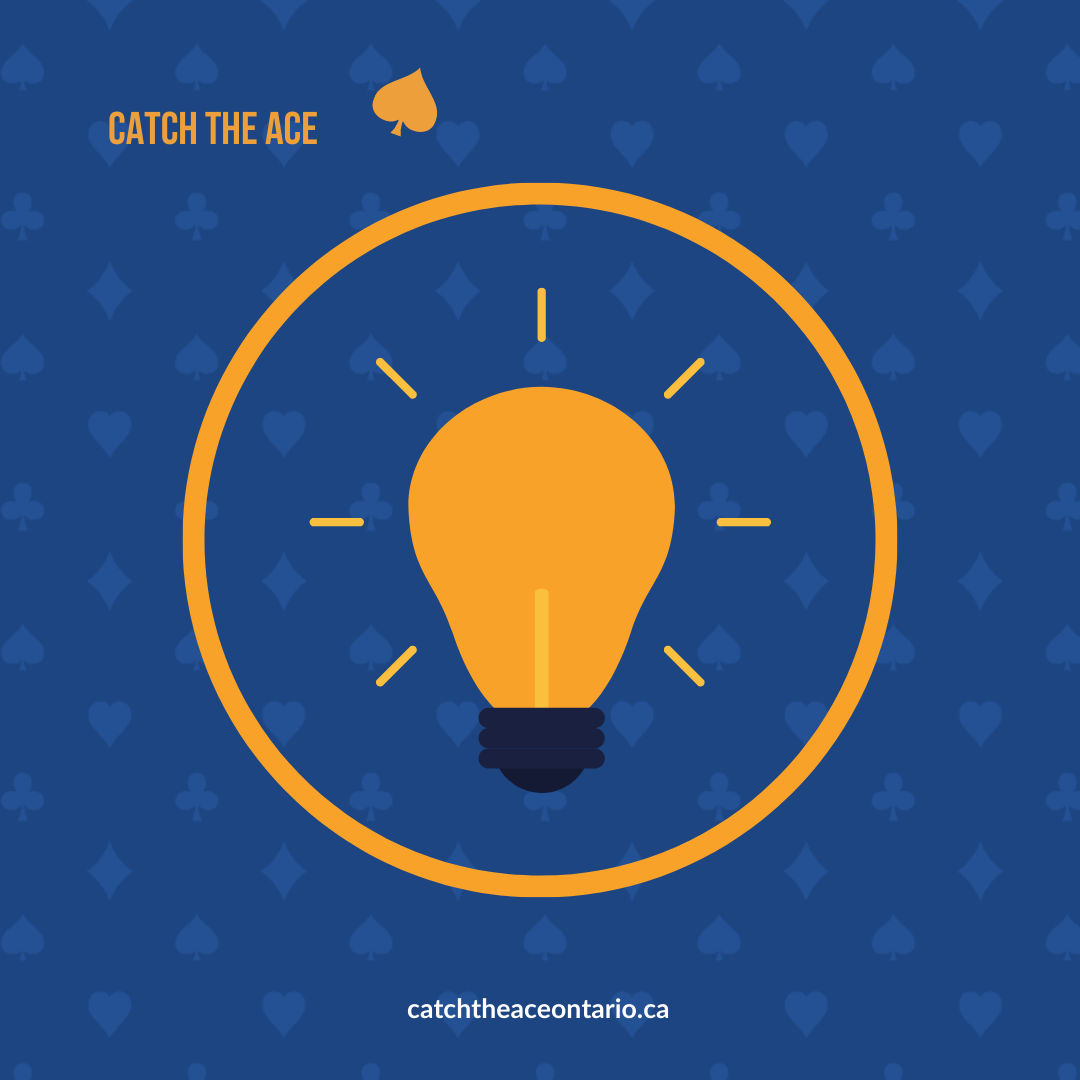What are Email Automations?
Email automations are the main way to create timely emails for your customers or users without needing to write and send one every time. By now, most of us are used to some of the standard automations, especially the order confirmation email after a purchase. However, they can go much farther. Effective email automations can increase your website’s functionality, attract new customers, retain old ones, and generate sales. The best part? It all happens automatically and saves you time.
Automation will also keep track of each user’s engagement with emails and can be connected to your ecommerce platform (for customer relationship management). Those metrics are extremely valuable because they can create personalized email automations. Someone hasn’t opened an email in 3 months? Someone else hasn’t bought something from your website’s store in 6 months? Email automations can entice them to renew their interest in your business.
Creating Email Automations
There are a few standard email automations that are effective for nearly every business:
- Order confirmations – confirm a customer’s order with purchase invoice
- Shipping confirmations – notification of package shipment with tracking information
- Birthday Greetings – a personalized birthday message
- Abandoned Product/Cart – reminder of product(s) placed in cart, but not purchased
- Welcome to New Subscribers – friendly welcome to a new newsletter subscriber which often includes a one-time discount
- Cross-sell or Upsell – notification of products similar or related to those previously bought by a customer
- Win-back – notification to unengaged subscriber who has not opened any emails after X days
- Sunset Email – notification that an unengaged subscriber will be unsubscribed
The strength of these automations will depend on their design, how they are scheduled, and their workflow. Order and shipping confirmations should be instant notifications, but an abandoned cart email should wait at least an hour or more before reminding a customer.
Workflows refer to an email’s set of conditions that can then flow into another email automation. A common workflow is a win-back campaign. The win-back email sends when a subscriber has not opened an email in X days, e.g. 90. The win-back entices them to open the email and open future ones as well. If they open it, they loop back into the normal subscriber segment. If they do not, then they move into the sunset email’s workflow. After another set of days, they receive an email that tells them they will stop receiving emails unless they want to stay subscribed. If they open the email and want to stay subscribed, they move back into the regular segment. If not, they will be unsubscribed from the list. It may seem like a bad thing to “lose” subscribers, but this kind of workflow curates your subscriber list. A smaller subscriber list engaged with your emails is much better than a massive list that never even sees them. Besides, un-engaged subscribers can actually damage sender reputation.
Best Practices
Don’t Spam: There are countless kinds of email automations that you can set up for your business’s website, but you don’t want to flood clients’ inboxes. They’ll unsubscribe, block your emails, or, even worse, mark them as spam. That last one can prevent others from receiving your emails because they become targeted by spam filters. To get past these filters you also want to make sure you aren’t making ad heavy subject lines and are following Canada’s anti-spam legislation, such as always including unsubscribe links. You need to determine what kind of automations best suits your business and users.
Personalization: It may be surprising that a strength of email automation is personalization. One of the simplest ways email automations personalize emails is by using your customers’ first names. Setting up an automated email that addresses someone by their name immediately increases open rates. It can go even further though. Email automation with the assistance of your CRM (customer relationship management) will track if someone opened the emails, visited a link, what they have purchased, and more. You use this valuable information about each of your customers to segment subscribers based on their interests and behaviours to send more specific product recommendations or notifications. Your customers are giving you a lot of valuable data; use it to their advantage, and yours. Personalization will make customers feel like they are receiving tailor-made emails from a friend. This will quickly increase email engagement and click-through rates, meaning more visits to your site and potential sales.
Design Templates: Visually striking and well-designed emails will increase engagement, but they can take time. Create email templates in your email automation service to save future time. Email marketers can focus on the content and plug them into the template for each campaign. Use the same template styles for all other automated emails. This will also give your emails consistent branding, which keeps users engaged.
In Summary
Effective email automations have become an essential part of ecommerce. They are key for retaining your customers, gaining customer loyalty, and will save you a lot of time in the future. Want some help figuring out your email automations? Rosewood can help you pick the right service, get set up, and build effective workflow automations. Contact us today.




